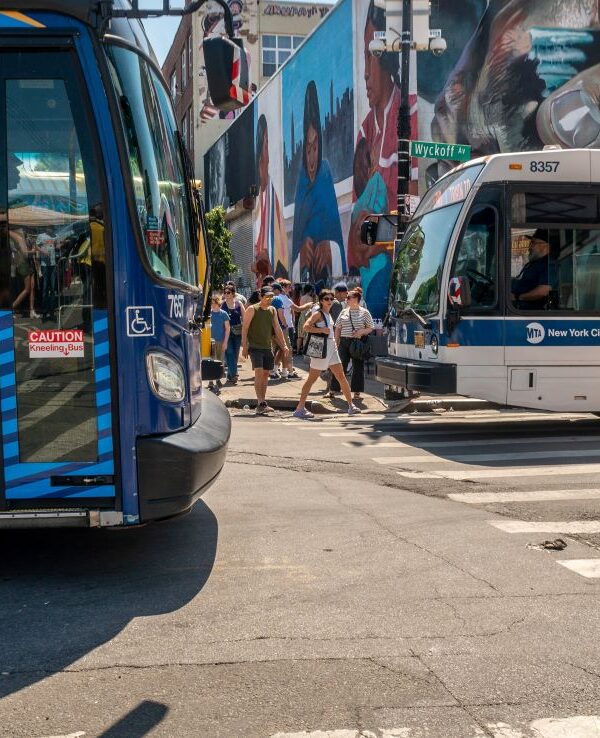Vice President Kamala Harris announced a new plan to forgive medical debt, aiming to alleviate the financial burden on millions of Americans. The proposal has sparked debate, with supporters hailing it as a necessary intervention and critics questioning its feasibility.
The Scope of the Problem
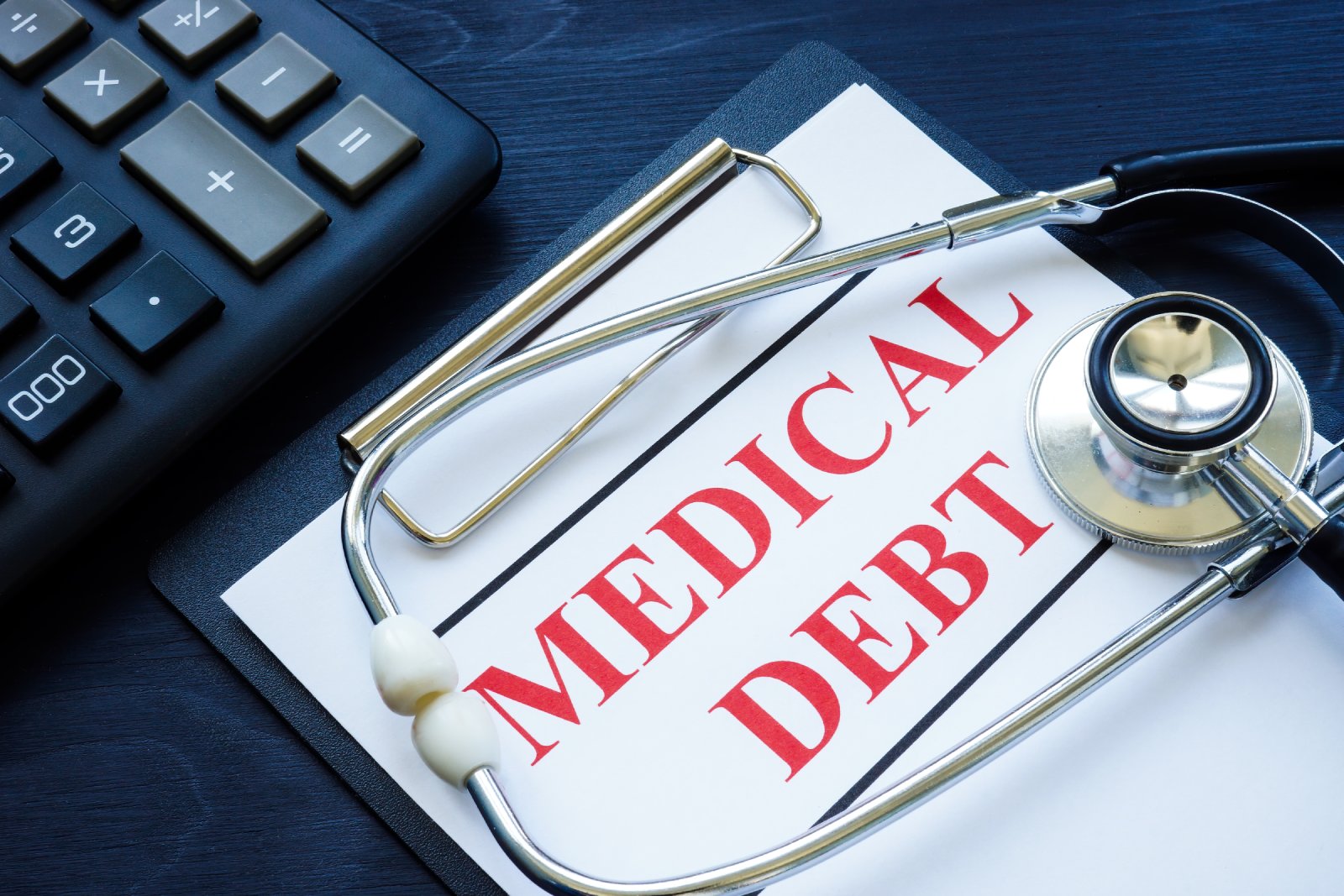
Medical debt is one of the country’s largest problems. Over 100 million Americans struggle to pay off healthcare expenses. Harris’ plan targets this widespread problem by offering relief to those most affected.
Details of the Proposal

Harris’ plan includes forgiving a substantial portion of medical debt for low- and middle-income Americans. It would cover debts accumulated from hospital stays, surgeries, and other essential medical services.
Eligibility Criteria

How much you earn will influence the level of relief available. The plan provides the most assistance to low- and middle-income households least likely to afford to pay.
Critics Raise Concerns

While the proposal appeals to many of the millions struggling with debt, critics raise concerns. Without broader healthcare reform, debt forgiveness might only act like a bandaid on the larger problem of out-of-control costs.
Economic Impact

Supporters of the plan argue that forgiving medical debt could positively impact the economy. By reducing financial stress, individuals may have more disposable income to spend on other necessities, potentially boosting economic growth.
Healthcare Industry Response

The proposal prompted a mixed reaction from the healthcare industry. Some providers feel the plan could help reduce the burden placed on patients. Others feel it places an undue burden on hospitals and healthcare systems.
The Role of Insurance Companies
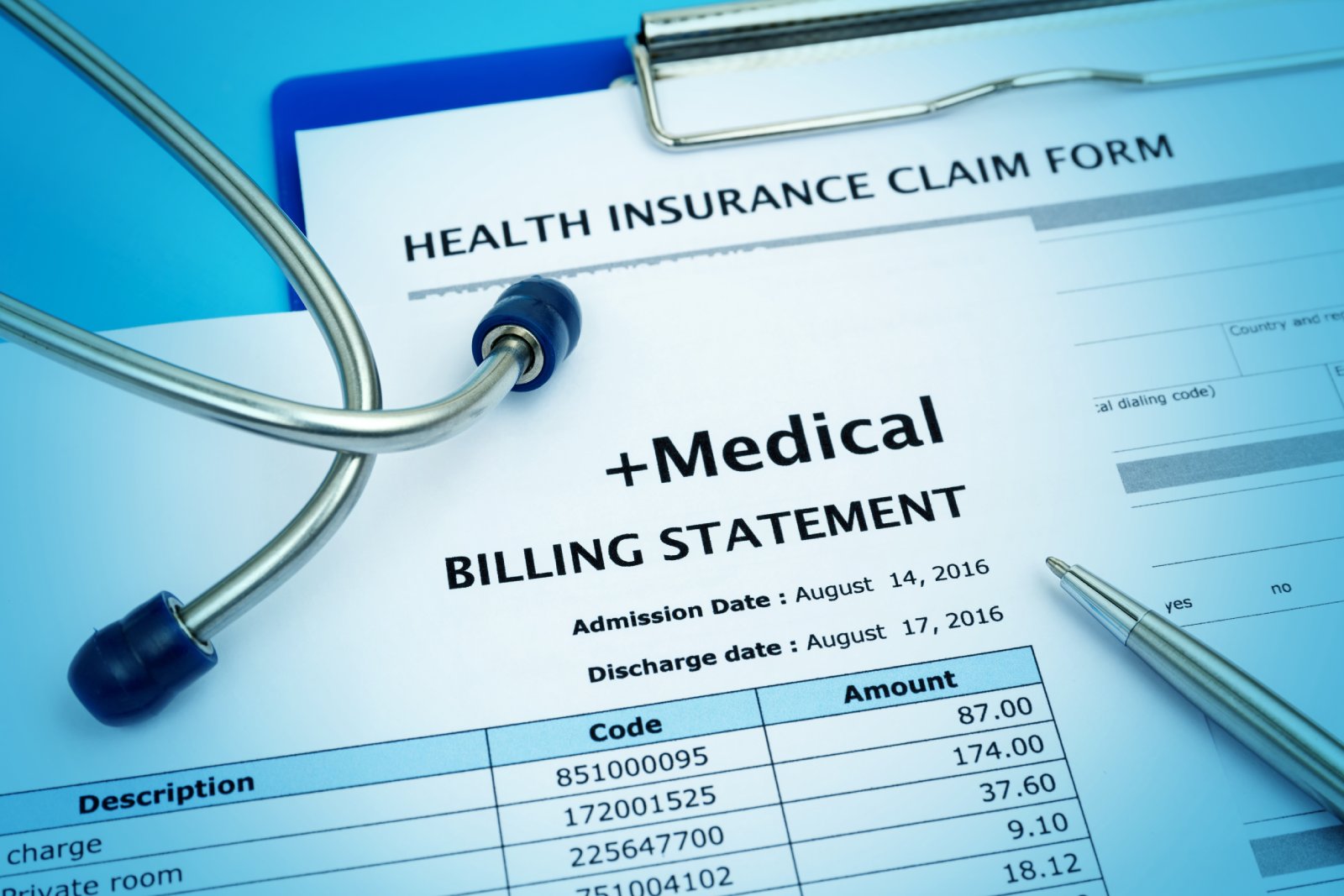
Insurance companies also weighed in. After all, the plan raises questions about the role insurance plays in covering medical costs. Is the current insurance system doing enough – or anything – to prevent debt accumulation?
Political Ramifications
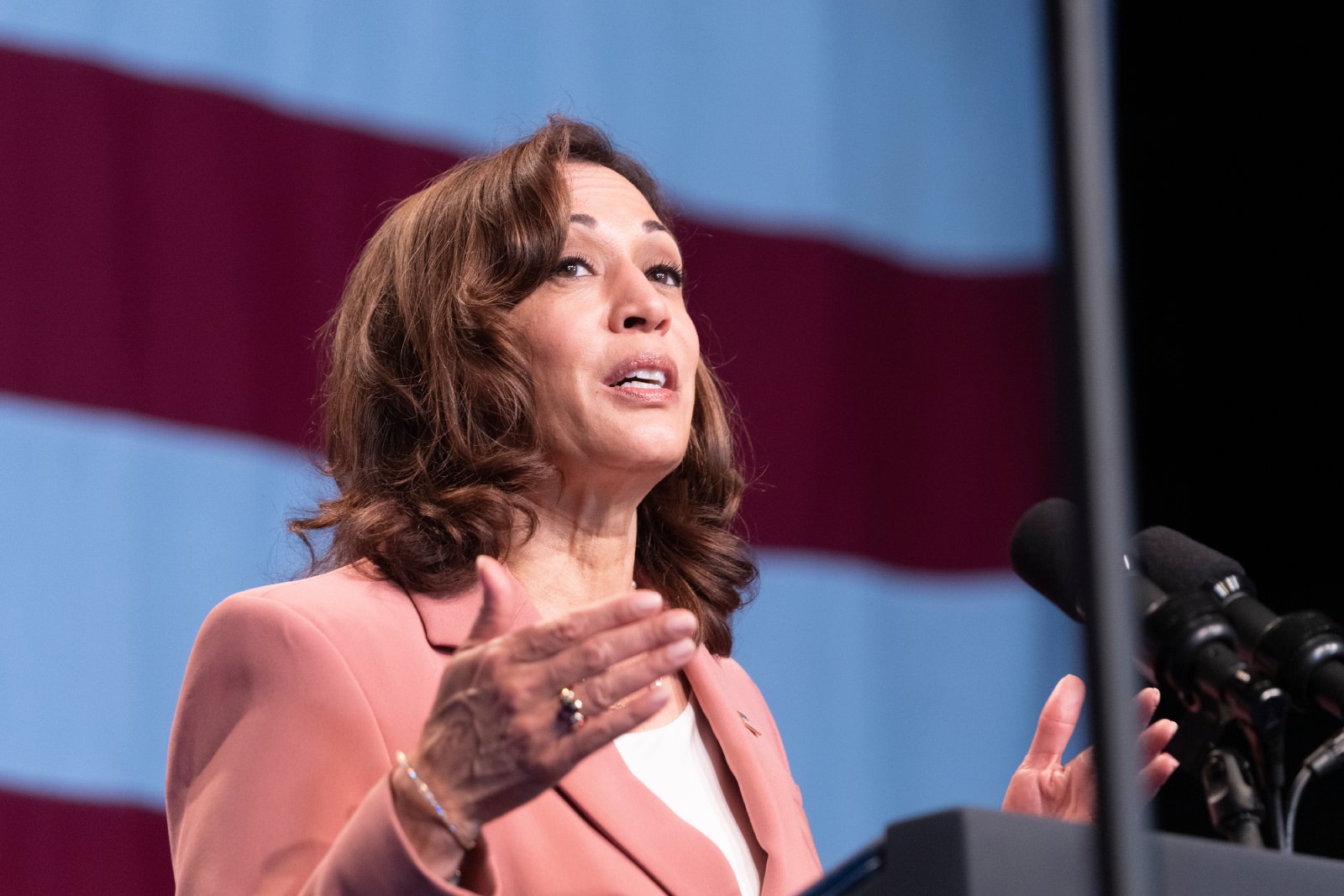
Harris’ plan has significant political implications. It aligns with the broader Democratic agenda of healthcare reform but may face opposition from Republicans who are skeptical of government intervention in the healthcare system.
Public Opinion

Public response to the plan has been largely positive, particularly among those who have experienced medical debt firsthand. However, some voters remain cautious, wanting more details on how the plan will be funded and implemented.
Comparisons to Student Debt Forgiveness

Some analysts have compared Harris’ medical debt forgiveness plan to the ongoing debate over student debt relief. Harris wants to continue with student loan forgiveness while also implementing medical debt forgiveness.
North Carolina: A Blueprint for National Reform?

North Carolina’s medical debt relief program offers a model that Kamala Harris could expand nationwide. This approach could guide broader national reforms under Harris’ plan by incentivizing hospitals to forgive debt and prevent future financial burdens.
The Plan’s Funding
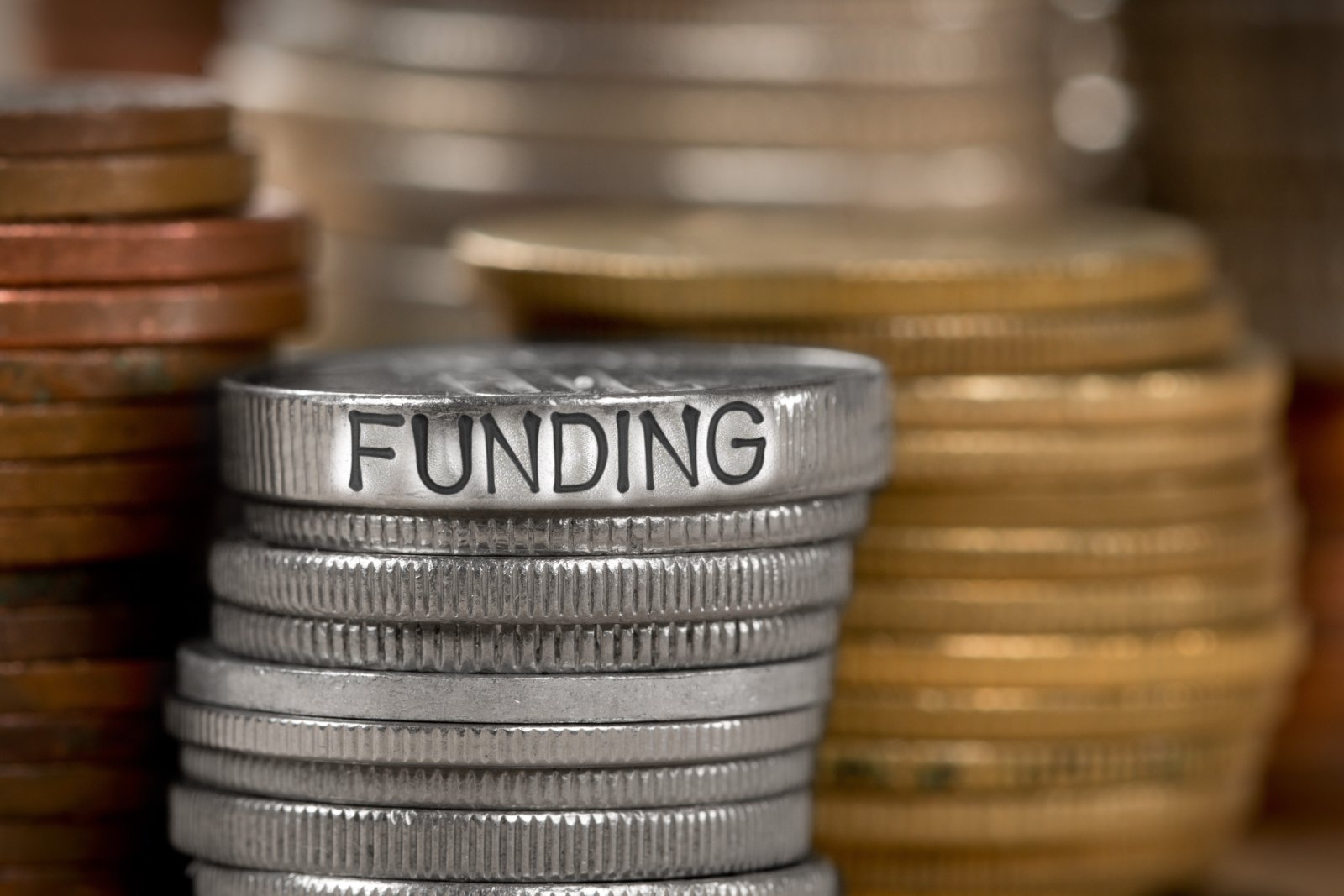
The biggest challenge is securing funding. On a basic level, it will likely require substantial government grants. Will the money come from a tax increase, reallocation of funds, or somewhere else?
Potential Legal Challenges

The plan will almost certainly face challenges in court. Questions about the federal government’s authority to forgive medical debt without congressional approval will likely ensue.
Impact on Rural Communities

Rural communities, where access to healthcare is often limited, could particularly benefit from this plan. Many residents in these areas face higher-than-average medical debt due to the scarcity of affordable healthcare services.
Addressing the Root Causes
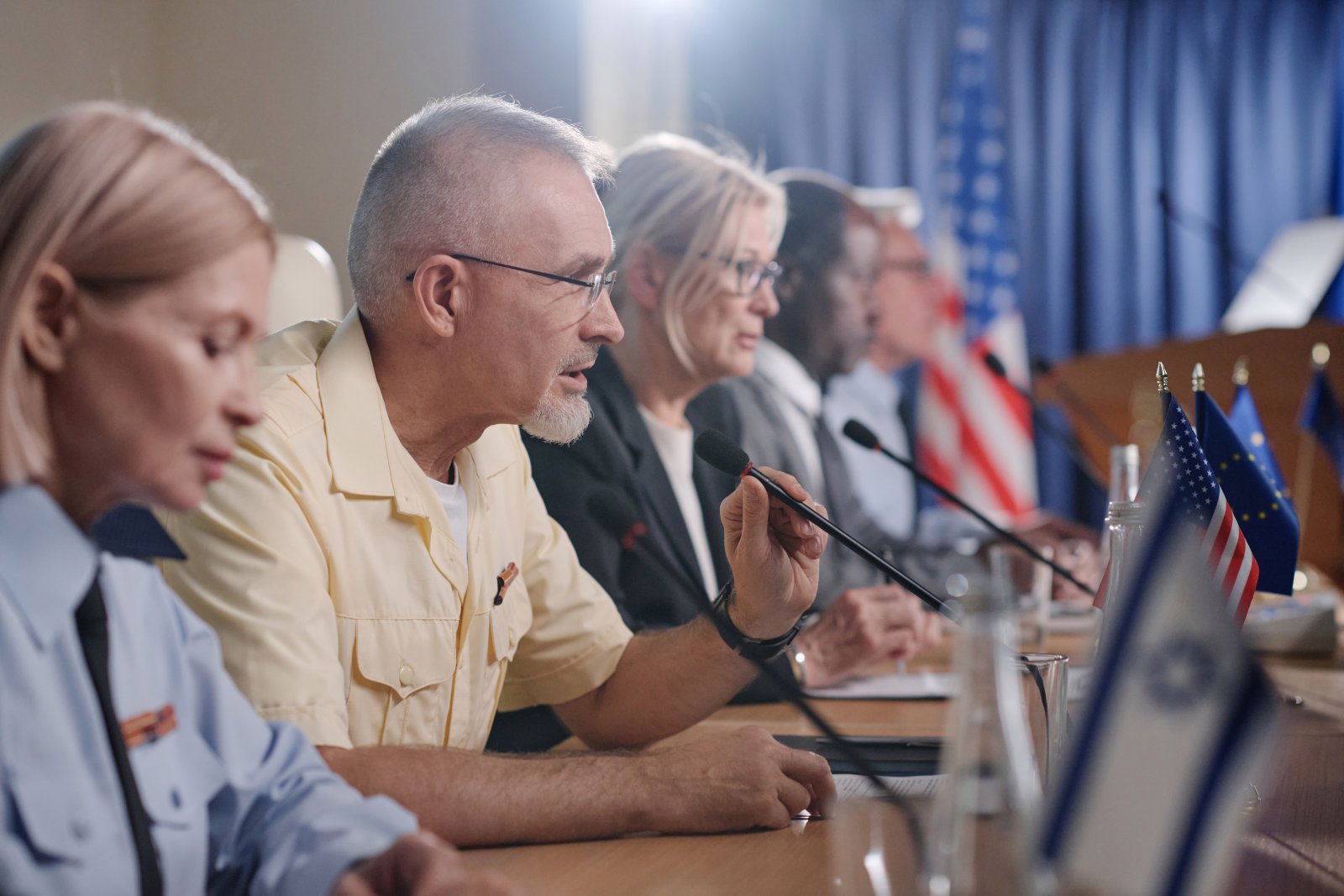
While the debt forgiveness plan provides immediate relief, many healthcare advocates stress the importance of addressing the root causes of medical debt, such as high healthcare costs and insufficient insurance coverage.
Long-Term Viability
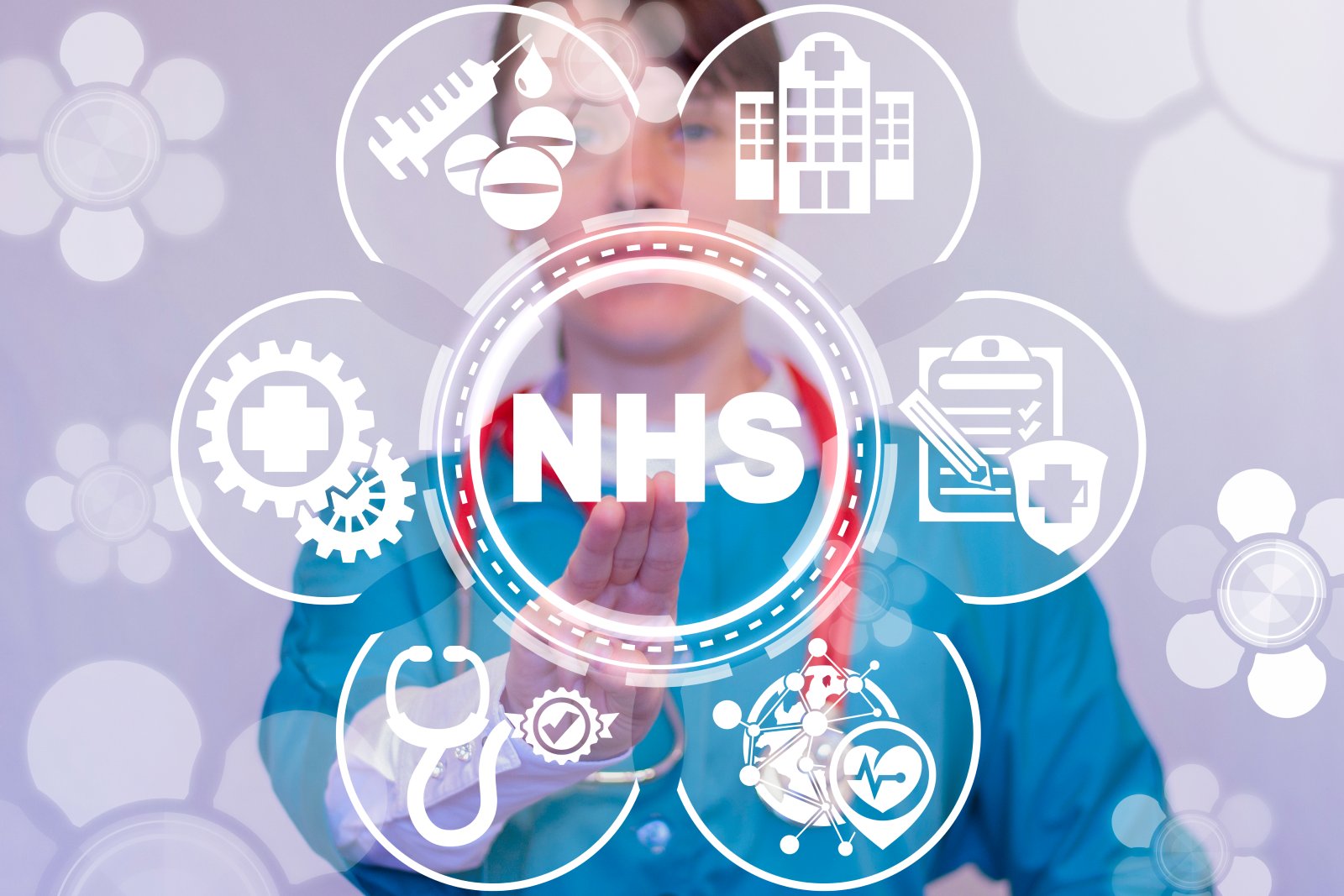
For Harris’ plan to be successful in the long term, it must be part of a broader effort to reform the healthcare system. Without systemic changes, the cycle of debt may continue, leaving future generations in a similar predicament.
A Lifeline for Millions

If implemented, Harris’ plan could provide a lifeline for millions of Americans drowning in medical debt. However, the plan requires precise execution and widespread support.
What Comes Next

As the debate over medical debt forgiveness continues, the coming months will be critical in determining whether Kamala Harris’ plan can become a reality. The proposal could potentially transform the lives of many Americans, but it will face numerous hurdles along the way.
Millennials Are Over It: 25 Reasons Woke Culture Is Losing Its Charm

Has the push for progress tipped too far into preachiness? Here’s why many Millennials might think so. Millennials Are Over It: 25 Reasons Woke Culture Is Losing Its Charm
Is It Time Boomers Paid the Price for America’s Economic Inequality?

The American Dream feels more elusive than ever, especially for younger generations. What was once achievable through hard work now faces significant hurdles, from skyrocketing college costs to the challenging pursuit of homeownership. Here’s a look at why it’s tougher for Millennials and Gen Z compared to Baby Boomers. Is It Time Boomers Paid the Price for America’s Economic Inequality?
Rent Crash in California: Landlords Scramble as Prices Take a Hit

California’s rental market is taking a nosedive, with major cities seeing huge drops in rent prices. Rent Crash in California: Landlords Scramble as Prices Take a Hit
Featured Image Credit: Shutterstock / Juli Hansen.
The content of this article is for informational purposes only and does not constitute or replace professional advice.
The images used are for illustrative purposes only and may not represent the actual people or places mentioned in the article.
For transparency, this content was partly developed with AI assistance and carefully curated by an experienced editor to be informative and ensure accuracy.
